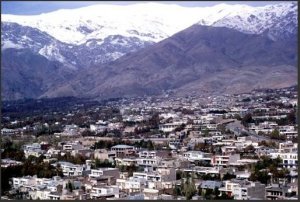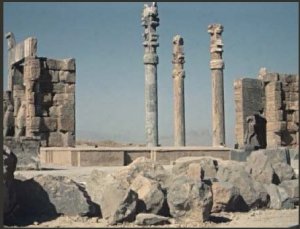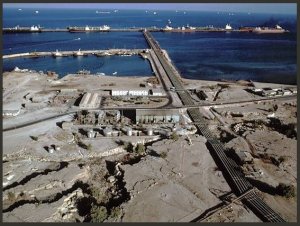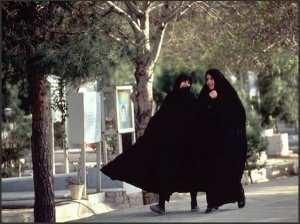Tehran, IRAN |
Tehrân, Iran’s capital and largest city, lies at
the foot of the Elburz Mountains in northern Iran. The capital of Iran since 1788, the
city was built up and modernized during the reign of the Pahlavi dynasty, which lasted
from 1925 until 1979.
|

|
Remnants of the Persian Empire |
Persian king Cyrus the Great founded the Persian
Empire in 550 BC. Its capital was Persepolis, which is located in the mountainous region
of southwestern Iran. The high, dry climate has preserved much of the architecture, and
archaeologists have uncovered and restored many of the ruins.
|

|
Iran's Petroleum Industry |
From this facility on Kharg Island in the Persian
Gulf, Iran’s oil is exported to countries around the world. Linked to mainland
oilfields by pipelines, the terminal has an export capacity of about 5 million barrels per
day. More than three-fourths of Iran’s export revenues come from foreign sales of
oil.
|

|
Traditional chador of Iran |
Iranian women wearing the traditional garment known as
the chador visit a cemetery for war dead in Tehrân. The chador has been worn by
many Iranian women since before the Islamic Revolution (1978-1979). After the revolution
it became mandatory for women to dress modestly by wearing either the chador or a long
cloak called the manteau.
|

|
Rug weaving of Iran |
These Iranian women are weaving rugs using traditional
methods. While a skilled weaver can tie about 12,000 knots per day, a high quality
hand-woven carpet may have as many as one million knots per square yard. Thus, it can take
a year or more to weave a single carpet. Persian rugs, as Iranian rugs are still known,
are considered among the most valuable in the world.
|

|